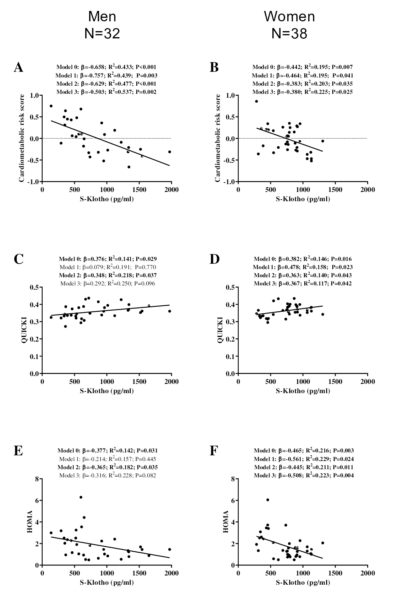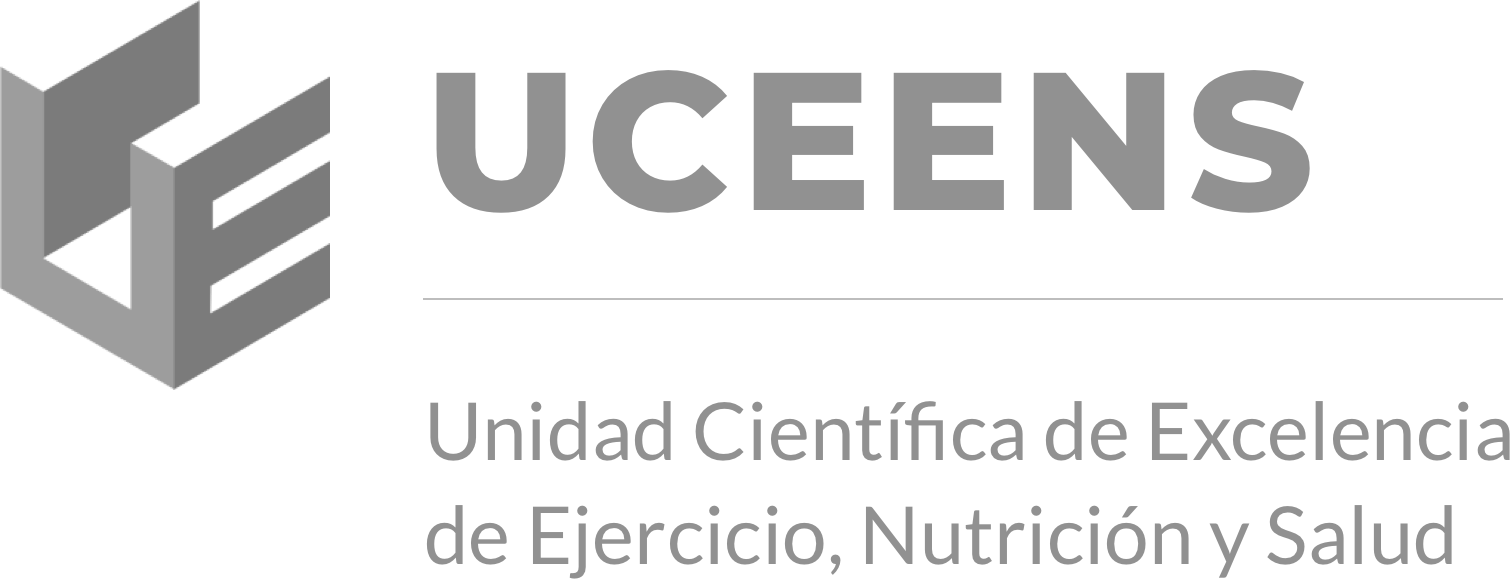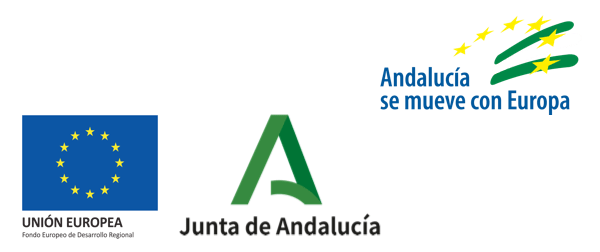The shed form of the α-Klotho protein (S-Klotho) is thought to prevent some of the harmful consequences of ageing, increasing life expectancy when it is overexpressed but inducing premature ageing phenotypes when downregulated. Ageing is associated with an increased incidence of cardiometabolic disease. Evidence from clinical studies shows that oxidative stress and chronic inflammation are closely associated with cardiometabolic disorders. Preserving the physiological functions that control intracellular oxidative stress and chronic inflammation might therefore help reduce the cardiometabolic risk associated with ageing. Given the physiological functions of S-Klotho, and the pathophysiological mechanisms involved in the development of cardiometabolic disease, it is plausible that S-Klotho is cardioprotective. Little is known, however, about the relationship between S-Klotho and cardiometabolic risk in humans. This cross-sectional study investigated, for the first time, the relationship between S-Klotho in plasma, and cardiometabolic risk in healthy, sedentary adults. The present work shows plasma S-Klotho to be inversely associated with cardiometabolic risk, and positively related to insulin sensitivity, in healthy sedentary middle-aged adults, independent of their actual age, cardiorespiratory fitness, physical activity levels, or dietary intake; no such association was observed for healthy young, sedentary adults.
Complete reference:
Amaro-Gahete FJ, Jurado-Fasoli L, Sanchez-Delgado G, Garcia-Lario JV, Castillo MJ, Ruiz JR. Relationship between plasma S-Klotho and cardiometabolic risk in sedentary adults. Aging NY 2020 Jan 12.




